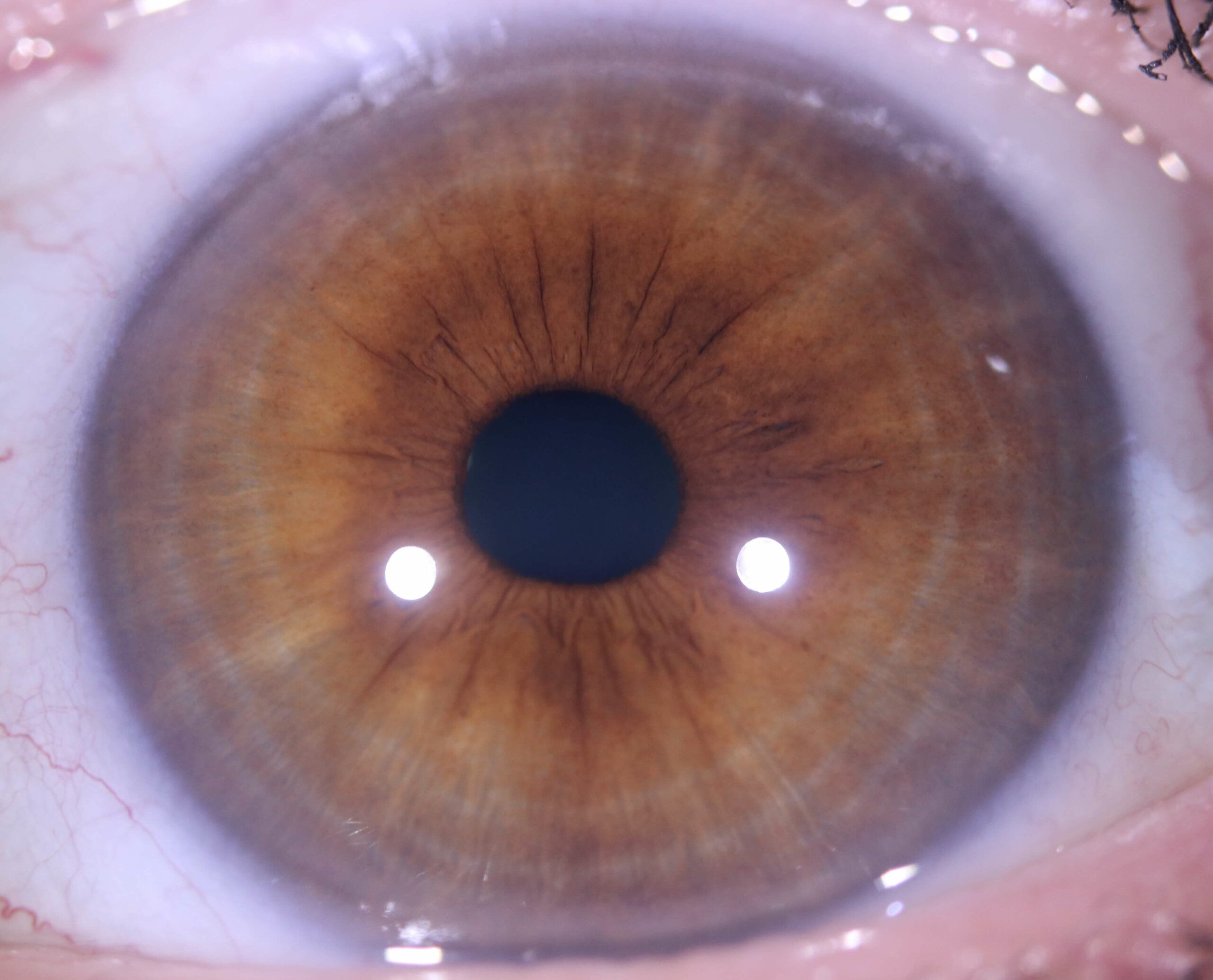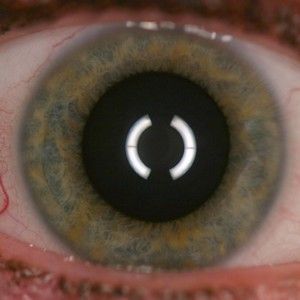Stress, Anxiety, and Iridology
Iridology indicators can help holistic practitioners create effective individual protocols for stress, anxiety, and neurological disorders.
by Judith Cobb, MH, CI3, NCP, NNCP, CCII3
DISCLAIMER
This article is not meant to diagnose nor prescribe. It is meant for educational purposes only. Judith Cobb, Cobblestone Health, and Nature's Sunshine Products accept no responsibility for results you get, whether good or bad, from using this information. Always seek the guidance of a qualified health professional.
It seems like everyone is stressed out. Life is fast-paced. We have constant stimuli from so many directions, whether it’s TV, radio, or our electronic devices. The world seems to be falling apart at the seams. Our food is depleted of nutrients. We are too rushed to sit and eat meals as families. We short ourselves on sleep. We don’t get enough fresh air and sunshine or exercise. We likely don’t get enough hugs in a day, either. It’s a pretty dismal picture. And the result is – we burn out with stress.
Each person has different things that cause him/her stress. You might thrive on the hustle and bustle of living in the middle of a big city, but if we dropped you in the serene and quiet countryside to live, you might feel stressed. Conversely, if living in a pastoral setting surrounded by groves of trees and wildlife is your idea of perfection, then transplanting you to a large city might be your undoing.
There are indicators in our eyes that suggest whether our bodies spend most of their time living in the sympathetic mode or the parasympathetic mode. There is another marker that can give us clues to some of our personality traits – whether or not we like big crowds, for example.
In iridology, one marker may be interpreted in various ways, depending on which other markers we see with it. This is called triangulating.
If you’ve been following me for very long, you have seen the first marker in a couple of different ways.
Contraction Furrows

These concentric pieces of arcs tell us the owner spends most of his time functioning in the sympathetic nervous system mode, always ready to ‘fight, flee, or freeze’. The endocrine glands that are most severely stressed by this state of being are the adrenal glands. When the adrenals are stressed they burn through B-vitamins, vitamin C, calcium, and magnesium at record speed. When calcium and magnesium are out of balance we see poor sleep, bad moods, and a lack of emotional resiliency.
Dilated Pupils (Mydriasis)
There is a list of known physiological changes that occur when a person is functioning in the sympathetic mode. These include elevated blood pressure, increased heart rate, more rapid breathing, and dilated pupils. Pupils naturally dilate in dim light. When they are significantly dilated in normal light or bright light, it can be attributed to a side effect of certain medications, a problem with the brain, being sympathetic activated, or being sympathetic dominant. When you are in crisis, you become sympathetic activated. Your pupils will dilate until the crisis is over. When you are sympathetic dominant, your nervous system chronically behaves as if you are in crisis, and your pupils will be chronically and abnormally dilated.
Understanding how a person’s nervous system is genetically programmed to function and what questions to ask about it can make it so much easier for you, as an iridologist and holistic health care provider, to create effective individual protocols right in your appointments. You can have a huge impact on helping your clients to stay well in this stressful world.




Copyright © 2018 by Judith Cobb, Cobblestone Health Ltd. All rights reserved. Please respect the time it takes to write and publish articles. If you will link to this article and give proper attribution, you are encouraged to quote sections (though not the entire article).

